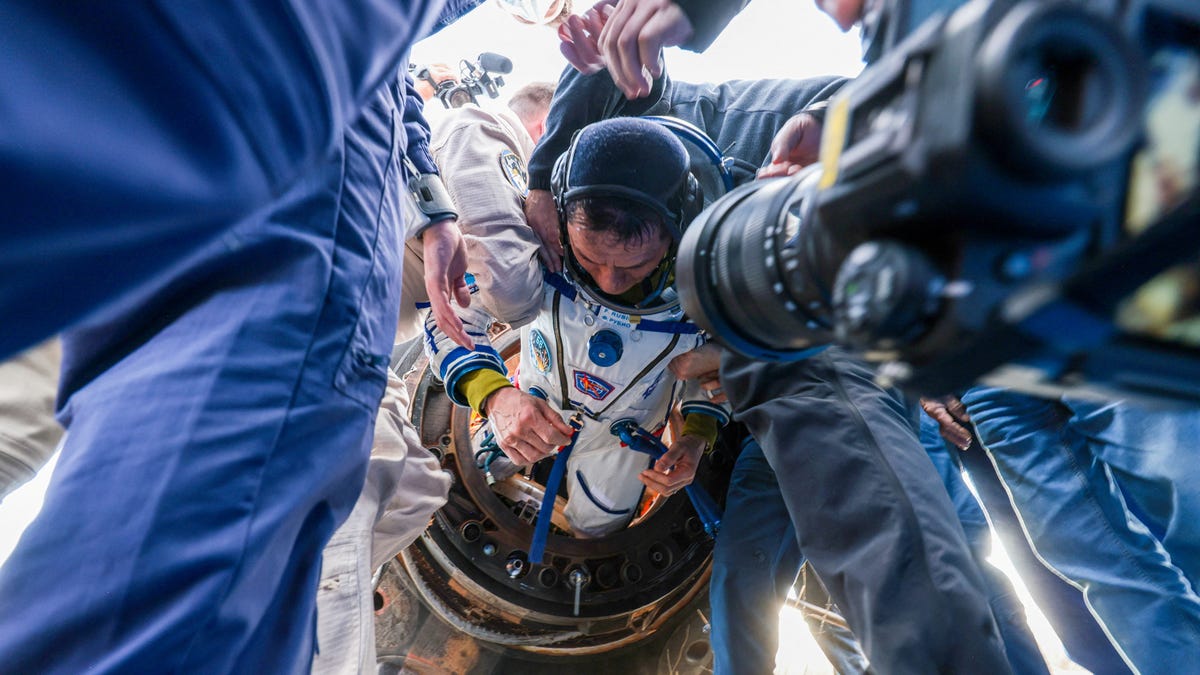Sierra Space recently closed a $290 million series B funding round, with most of the investment coming from Japanese strategic investors. This significant round of funding has led me to question whether investors are regaining their appetite for risky space businesses. Sierra Space claims that the $1.7 billion it has raised to date across its Series A and B rounds is a record for a space company, although this claim is somewhat misleading. The company’s first independent fundraising took place in 2021, but Sierra has been part of the Sierra Nevada Corporation for many years. In 2008, the Sierra Nevada Corporation acquired SpaceDev and entered the space race to develop a spacecraft for NASA. The Dream Chaser, Sierra’s vehicle, shares similarities in design with the Space Shuttle. Sierra secured funding from NASA in 2016, and the Dream Chaser is slated to make its maiden voyage to space in 2024.
The investors in Sierra Space are banking on the NASA contract, which could be worth over $1 billion, as well as Sierra’s partnership with Jeff Bezos’s Blue Origin to construct a new commercial space station. Sierra aspires to compete in the realm of human spaceflight without having its own rockets, placing it in direct competition with SpaceX and Blue Origin, among others.
Sierra’s successful funding round follows similar large deals for space companies, including Axiom ($350 million), Ursa Major ($100 million), Stoke ($136 million), and Isar Aerospace ($166 million). According to Pitchbook, space companies outside of China have raised nearly $4 billion this year, and with a strong fourth quarter, the sector could match the $4.5 billion of capital invested in 2020.
However, there is a developing pattern. Only five companies raised over $100 million last year, and two of them were Axiom and Ursa Major. SpaceX, which consistently secures significant investments, was also among the top fundraisers. Each year since 2019, the median venture deal in the space sector has increased. This trend is likely because venture investors are directing their capital towards companies with established contracts and hardware, rather than riskier startups.
While venture funds that enter early enough will likely see a decent return through an IPO, pure-play space companies have not experienced resounding success when going public, even amid the recent bear market for tech stocks. Bankers are regaining faith in IPOs, but better performance from publicly traded space firms (or the highly anticipated spin-out of Starlink as a public company) is necessary to attract more funding for novel startups.
The next technological catalyst in the space industry remains uncertain. Some companies, such as K2 and Vast, are banking on the fully reusable Starship to revolutionize space travel by significantly reducing costs. However, some analysts are skeptical about the economic viability of this approach, and the rocket won’t be commercially available for several years. Technological catalysts are not always new inventions; they can also stem from changes in processes or the adaptation of ideas from other industries. For example, the mobile phone industry drove advancements in small satellite technology, while the realization of reusable rockets required powerful chips and algorithms. Currently, the tech sector is focused on advanced chips and machine learning, but perhaps the next big breakthrough will involve moving more computing into space through laser-linked satellites or utilizing multiple satellites operating in parallel. I would love to hear your thoughts on what disruptive space technology could open up venture capital funding once again.
Finally, in other space news, NASA astronaut Frank Rubio has returned to Earth after spending an impressive 371 days aboard the International Space Station, making him the American with the second-longest duration in space. Russian cosmonaut Valeri Polyakov holds the record with 437 days. Rubio’s elongated stay in space was unintentional, as a leak in the Soyuz spacecraft caused a delay in his return to Earth.
That’s it for this edition of our newsletter. We hope your week is out of this world! Please send any space technology catalysts, tips, or informed opinions to [email protected].
Denial of responsibility! Vigour Times is an automatic aggregator of Global media. In each content, the hyperlink to the primary source is specified. All trademarks belong to their rightful owners, and all materials to their authors. For any complaint, please reach us at – [email protected]. We will take necessary action within 24 hours.


